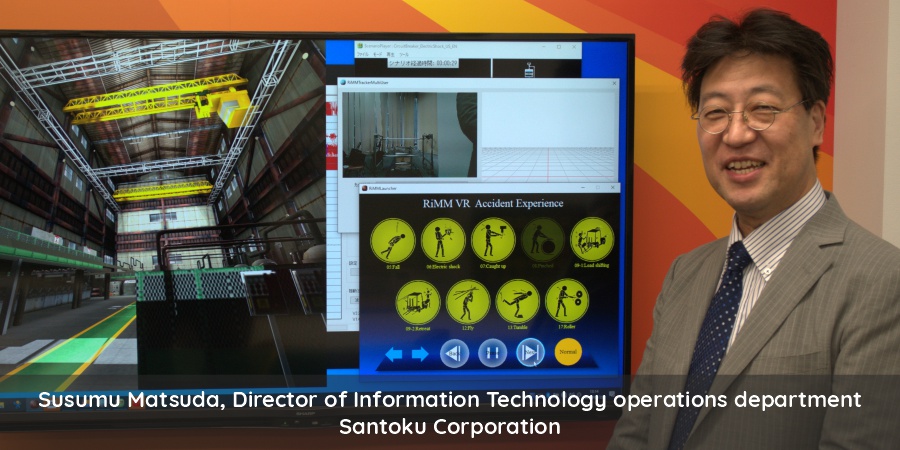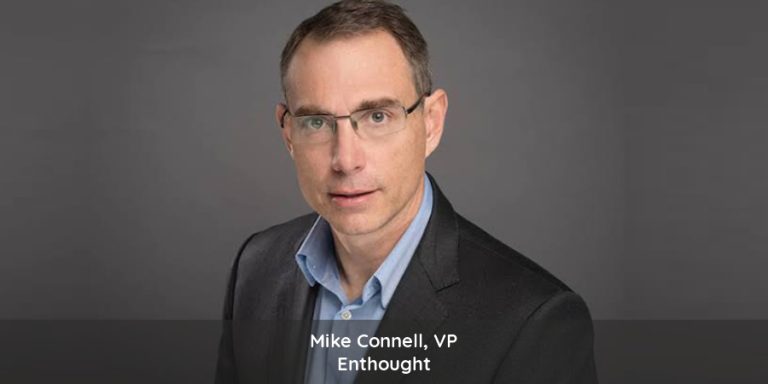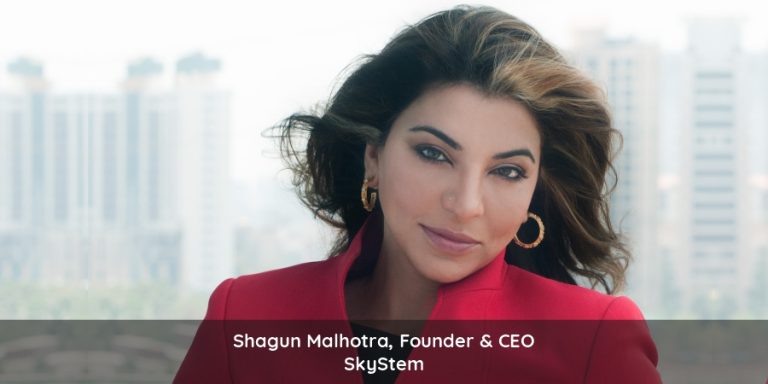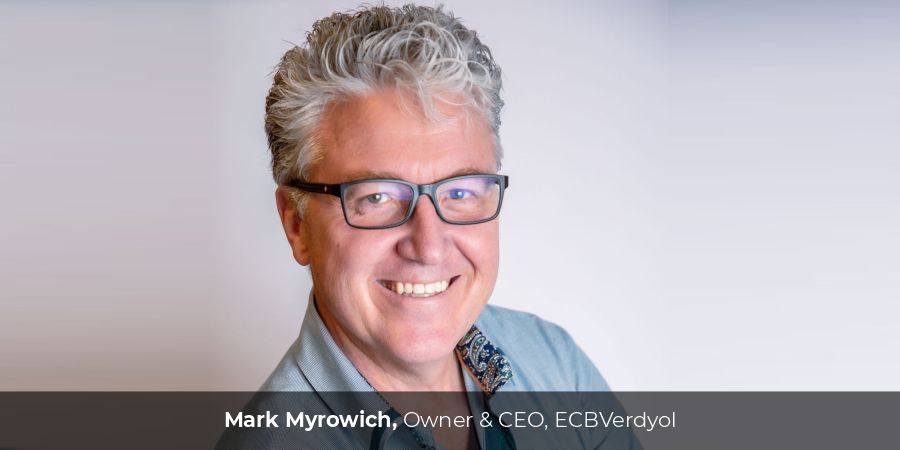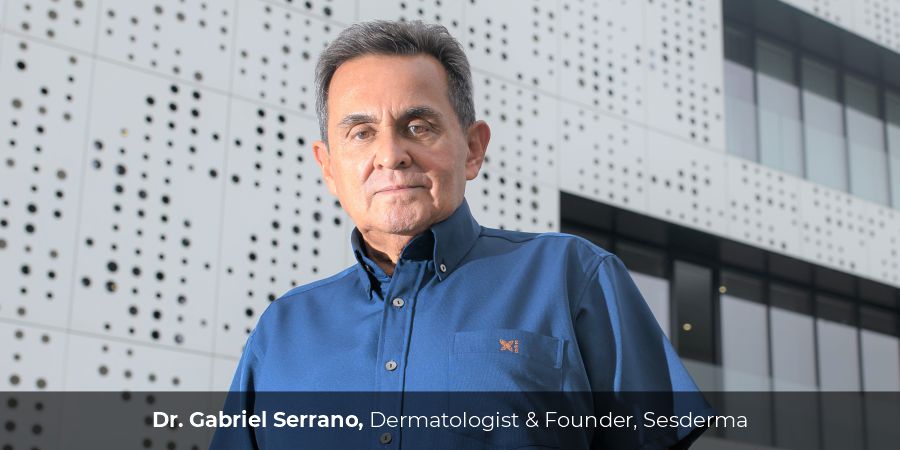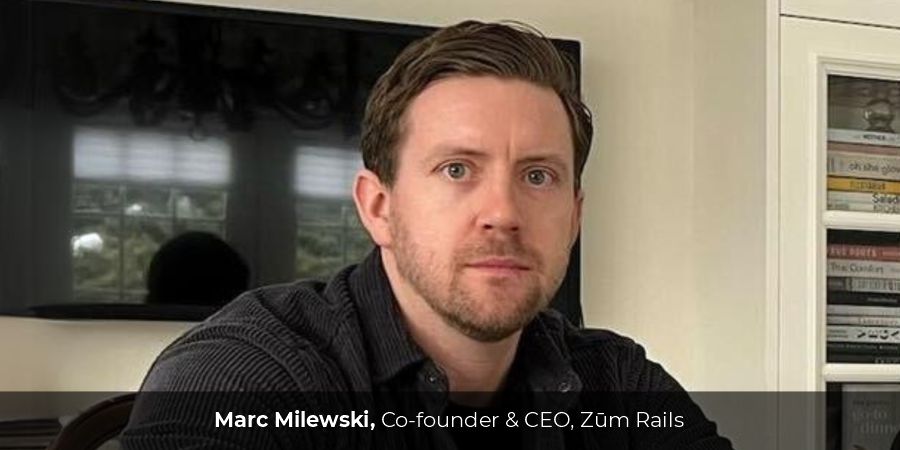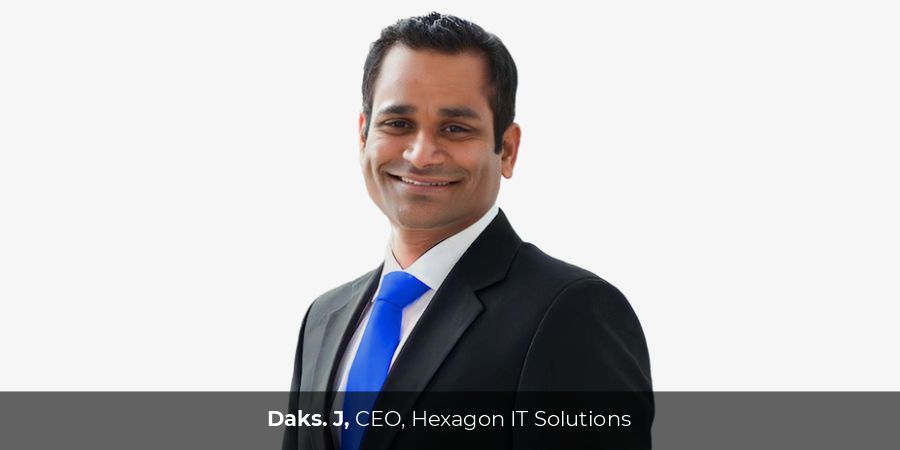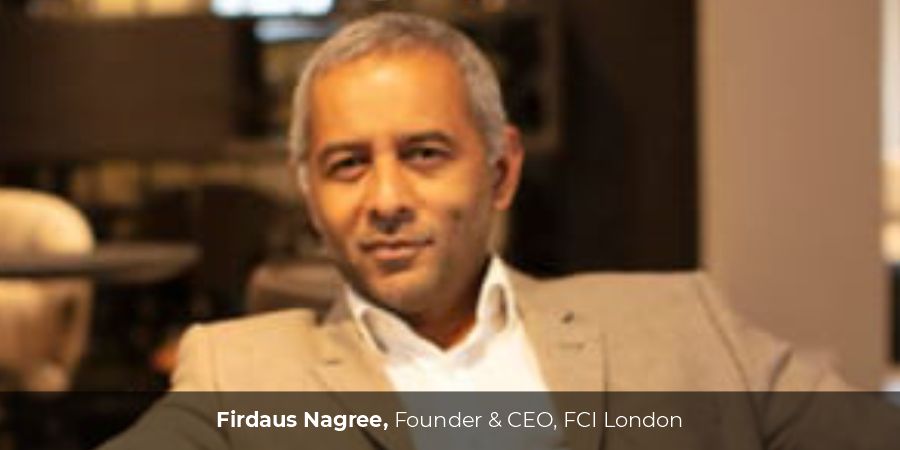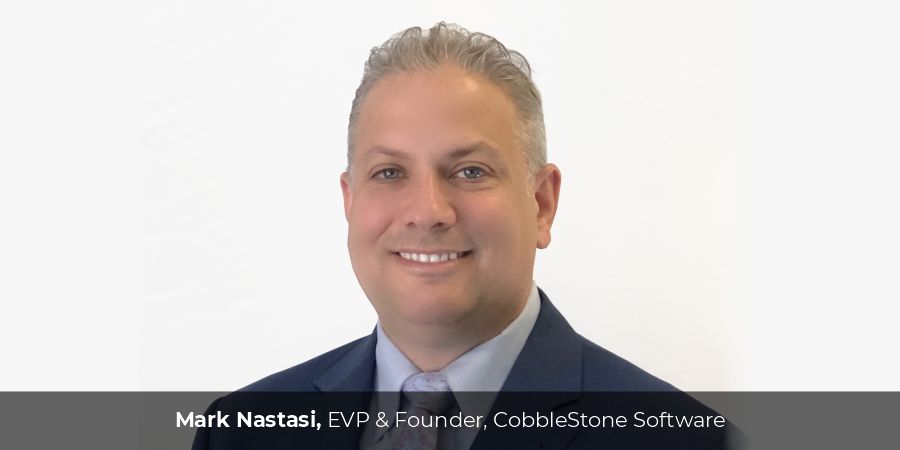In this age of overflowing goods and intensifying cost competition, the focus is on creating ideas and thoughts, not things – says Susumu Matsuda, Director of Information Technology operations department at Santoku Corporation.
He believes that one of the most valuable things in the world is the software service that has the power to directly touch people’s hearts. Matsuda says that there is a great need to establish a means to influence people’s emotions and make judgments, such as “feeling what I have presented,” “feeling happy,” “feeling change,” “wanting to do it,” and “wanting to avoid it,” etc. It is the need of the hour to establish an organization that realizes these things and can make these things happen.
This laid down the foundation for executing the idea of RiMM.
In the light of the above mentioned, we are thrilled to present you Santoku Corporation Co. Ltd. and Mr. Susumu Matsuda, under whose leadership, the company has been able to reach the position where it is today.
We had the pleasure of interviewing Mr. Susumu Matsuda, who was kind enough to share his journey with us. The following is an edited excerpt from the interview.
How have you expanded the company and its offerings over the years?
From the 1990s, 3D-CAD began to be used in product design. However, 3D data was not used in the subsequent process, and we wanted to make effective use of it.
In 2001, we started the business by assuming the use of VR technology as a means of utilizing the CAD data created by the design process in subsequent processes. Every time we developed a skills simulation using VR technology in response to the market demand, cost performance was required.
As a result, the market demanded the virtual experience of dangerous conditions that are difficult to reproduce. To immerse oneself in the virtual space, sensory reproduction other than visual perception is required, so we have been developing devices that reproduce the tactile function according to the demanded various dangerous reproduction events and have been responding to the demand by increasing the sensory number.
How successful was your first project roll on?
In the field of training simulations, there are many cases where specialized knowledge is required, and we have the opportunity to learn various specialized knowledge directly from our clients.
During this process, it is necessary to listen to the needs and build the development specifications together with our clients. Our style of development is to join our clients from the specification study stage and build the specifications together with them while consulting them.
In the beginning, the project was a collaborative work with a Japanese national research institute, so challenges to new fields are always included. The project proceeded in the direction of finding new methods while overcoming them.
By realizing the functions that challenged research institutes, a simulator for anti-terrorism measures at nuclear power plants, and a simulator for studying decommissioning of nuclear power plants have been developed and accumulated as individual functions and methods.
In the ever-changing market scenario, how have you managed to maintain a strong reputation for your company?
We have been providing a personalized service for 20 years by listening to our customers’ requirements. During the development process, it is extremely difficult to create a product that matches the customer’s image. This is because that image is only intuitive.
A mismatch between the customer’s image and the product at the time of product completion is a major obstacle. Based on this experience, we set up philosophy for product development and asked our customers to understand it in advance. We call this philosophy the Cyclone Philosophy.
The Cyclone Philosophy is a system to reduce discrepancies in the image of the product by having the customer use the product at the stage of prototyping, receiving feedback from the customer for improvements, and making corrections. The software developed by this method will improve the quality of education and continue to evolve.
Where do you see you and your company a couple of years from now?
If Japan’s concept of safety is accepted around the world (which I believe it is), there are many people who understand our philosophy and agree with our idea of safety beyond cultural and national differences. The method we use to communicate is to appeal directly to the sensory organs, which enables us to communicate more intuitively and beyond the language barrier.
Therefore, it may take some time for people to learn and recognize the goodness of the product, but once they understand it, it will permeate society as a common communication method for mankind. Besides, we believe that this method can be used by various people in different countries. Considering the above, we believe that our company is now required to be global, and we are changing our operation to have several locations overseas.
The Thought Leadership | Susumu Matsuda
Susumu specializes in image processing technology and was engaged in development for 13 years. In 2007, after developing a disaster response training simulator, he conceived the idea of a RiMM to increase safety and developed the basic software for RiMM.
He developed an original device to simulate the sensation of fear and has since developed a disaster simulation device that incorporates this device.
“We have realized that disaster reproduction is the most effective way of influencing human susceptibility because it matches the human image and is the most important way to recreate the senses beyond the visual.”



